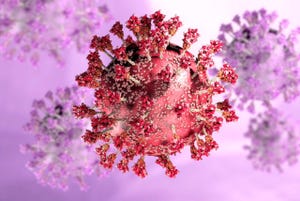3 Real 3-D Printing Trends to Watch: New Modeling, More Precision, Better Education
3 Real 3-D Printing Trends to Watch: New Modeling, More Precision, Better Education
May 12, 2014
New Modeling, More Precision, Better Education
While some hardcore enthusiats place us in a magical future where 3-D printing has solved all of society's ills, one cannot discount 3-D printing's effectiveness in augmented diagnosis and education. 3-D printed modeling is allowing doctors to replicate patient organs and cells with an as-before-unheard of level of detail for study and experimentation.
California-based startup Organovo has arguably taken up the forefront on this. The company uses bioprinters print complex tissues with natural architectures. From here diseases can be introduced and studied in a safe but natural environment. Drugs and other treatments can be conducted and observed in real time.
Organovo uses bioprinting to create tissue and cell cultures for drug testing. |
Also on the cellular level, Dr. Gordon Shepard [http://bbs.yale.edu/about/article.aspx?id=6188] at the Yale Center for Engineering Innovation and Design (CEID) has 3-D printed an enlarged, fully accurate replicate of a human neuron. Before 3-D printing it was too difficult to replicate the geometry of a neuron. Now by using 3-D digital imaging researchers will be able to print models of specific neurons for detailed study.
|
Yale researchers are printing large-scale models of neurons. |
Cleveland Clinic's Dr. Nizar Zein and a team of researchers have developed a protocol for 3-D printing a replica of a patient's liver (including the vascular and biliary structures). In a study Zein and his team successfully recreated the livers of six patients who had undergone a living donor liver transplant. In a statement released by Cleveland Clinic Zein says the 3-D printed organs are nearly 100% accurate to the originals – allowing doctors to study structures close up.
|
Researchers at Cleveland Clinic can print a highly accurate model of a patient's liver. |


You May Also Like




